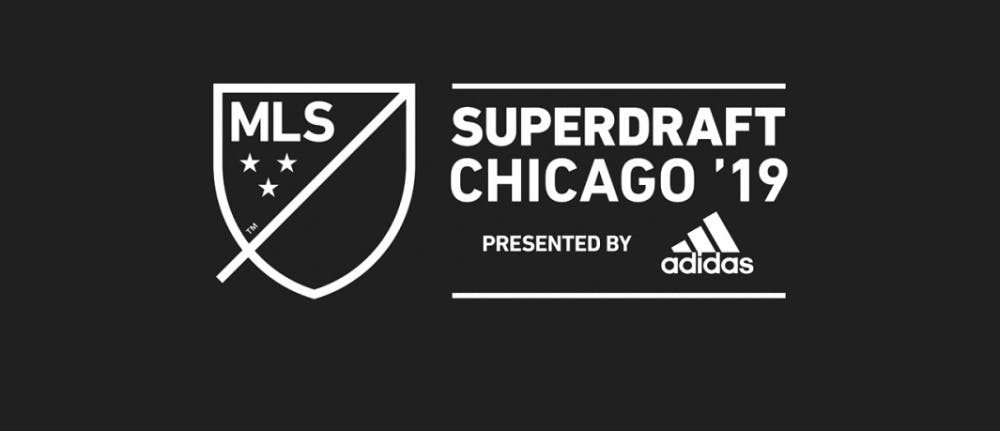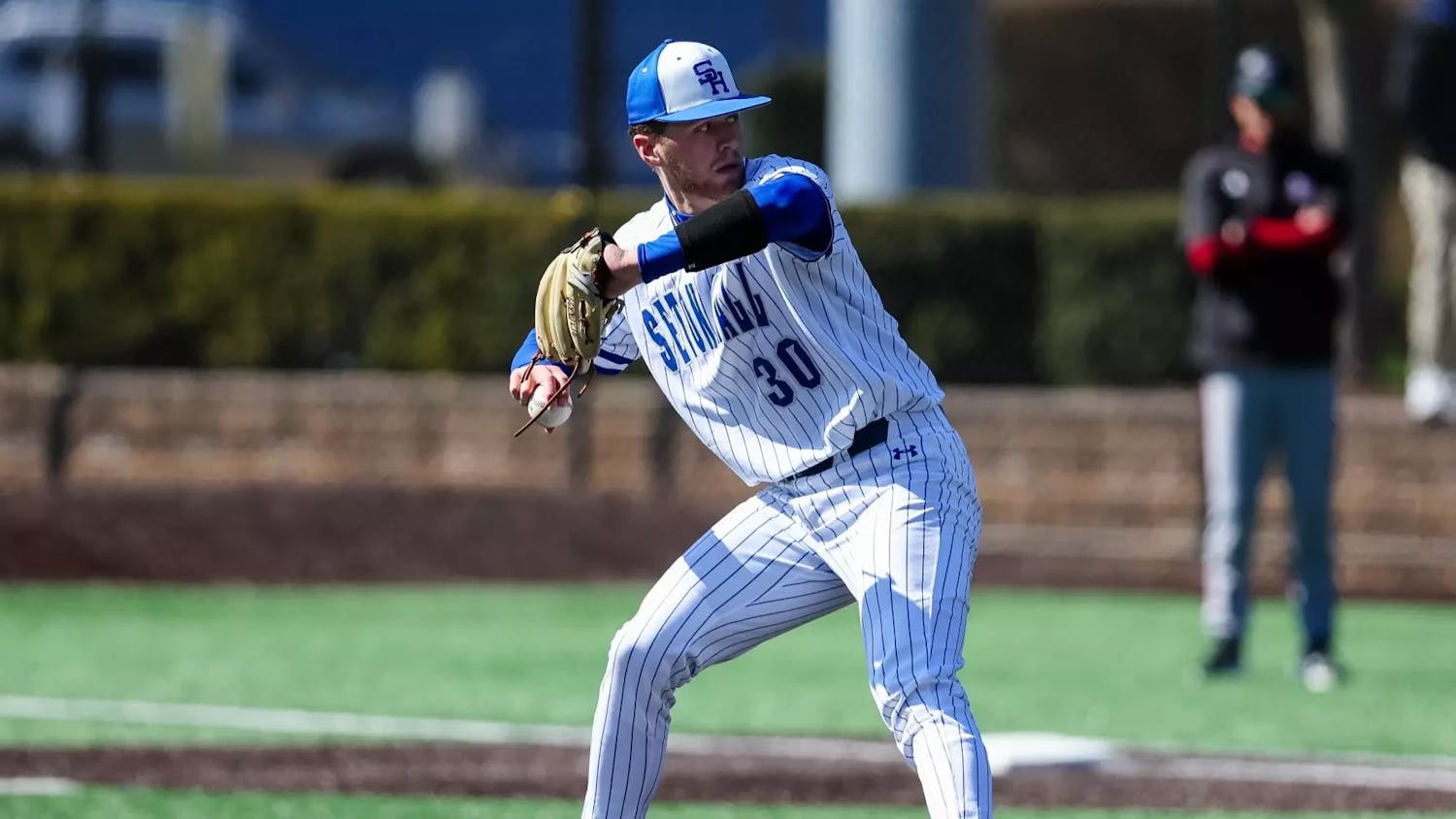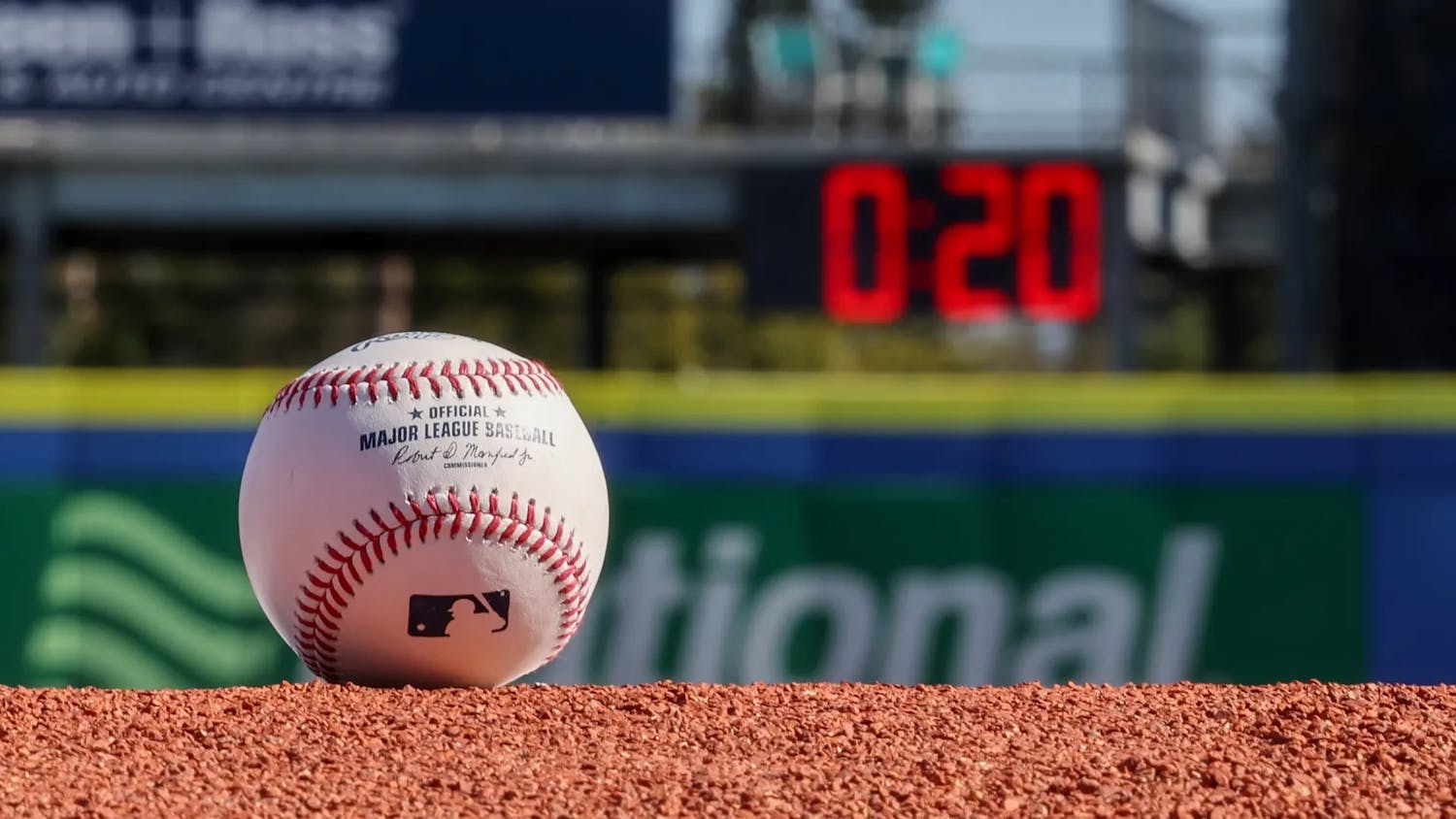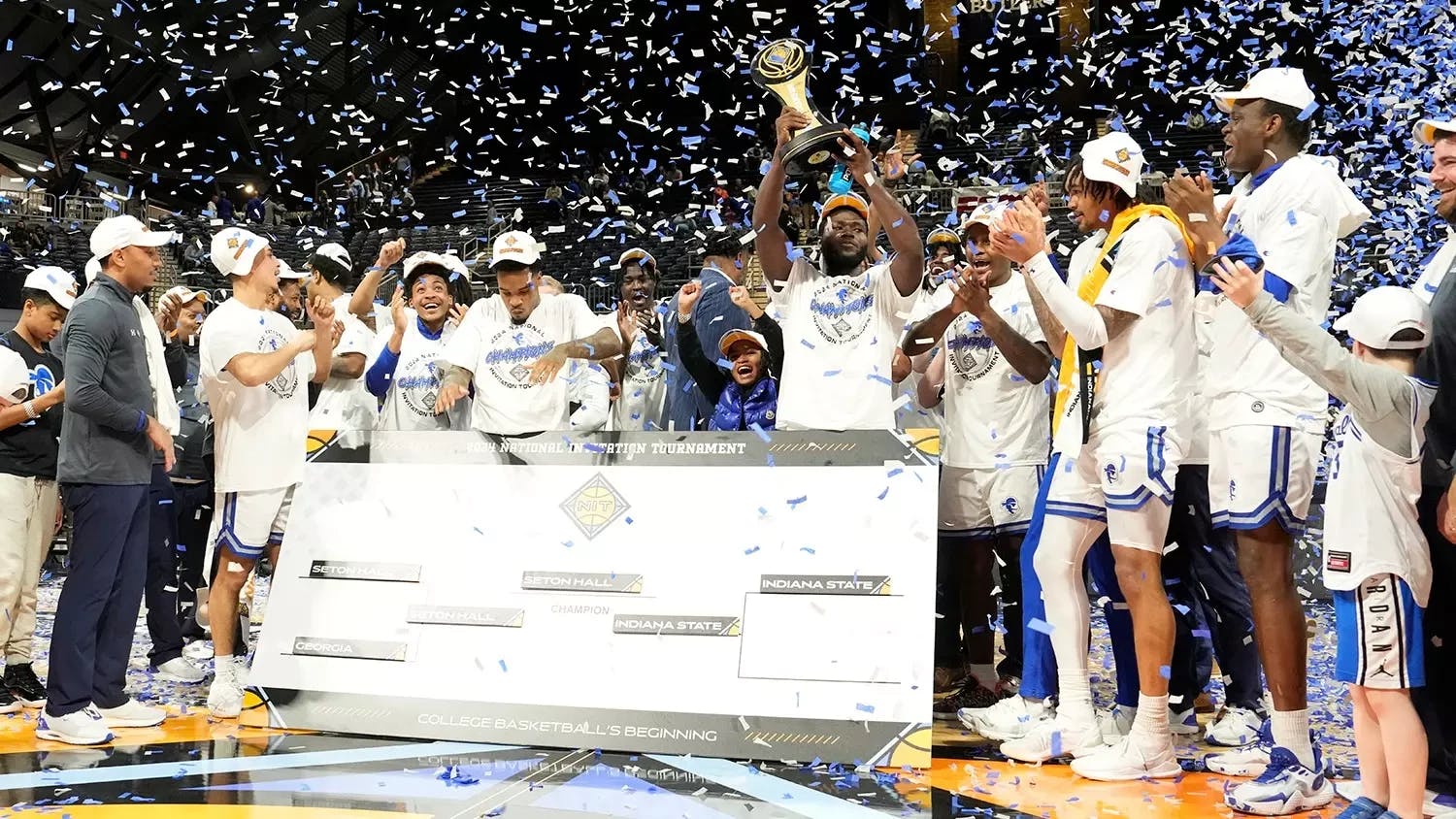The 2019 MLS SuperDraft is over, but the criticisms over its impact on the league continue to be voiced by coaches and fans.
Drafting is an American tradition across all the major sports leagues, and, in the case of MLS, it is meant to serve as a link between the American audience and a global sport. However, many believe that it is time to give up on tradition for the sake of improving the league’s overall quality of play.
One of the main concerns is that these players are entering the league at too old of an age. The career of an average professional soccer players is usually established by the time that he is a 22-year-old, not just starting to be established. Peter Vermes, head coach of Sporting Kansas City, emphasized at this year’s draft that it takes time for college players to adjust to a new team’s style of play and even more time to adjust to life as a professional player.

The New York Red Bulls, for example, drafted five players in the 2018 SuperDraft and only one, Brian White, played more than five minutes for the first team. Niko de Vera was not re-signed at the end of the season and Jose Aguinaga transferred to Phoenix Rising in December. All five players featured prominently for the franchise’s United Soccer League affiliate team, but it was clear to see that none of them were quite ready to make the jump to MLS.
U.S. Soccer Development Academies have also recently become an obstacle for draft picks to overcome. USSDA players are structured to play in the same style as the professional team that they are aligned with, therefore making the transition from age group to age group smoother for young players. The players within these academies are often the best in the country, leaving the ones who could not make it to play in college for a second chance at playing professionally.
Seattle general manager Garth Lagerwey told The Washington Post during last year’s draft that signing a homegrown player is just as good as a first round pick. Philadelphia’s decision to trade all of its draft picks this year to FC Cincinnati potentially came as the biggest blow to this year’s class. Philadelphia’s USSDA teams include some of the top young players in the country and the trade showed that the franchise backs its own over anyone in the college system.
Still, every draft class has produced a handful of players that hit the ground running during their rookie seasons. Julian Gressel became an integral piece of Atlanta’s squad and went on to win the 2018 MLS Cup after being drafted in 2017. Former NYCFC forward Jack Harrison was drafted in 2016 and is now under contract with one of the best teams in the world in Manchester City. Unfortunately, the reality is players like Gressel and Harrison only come in handfuls with each draft class, while the majority of the others crash out.
In MLS SuperDraft’s current state, these flaws will continue to hinder the progression of college players into the professional leagues. It is a dated system that, aside from the homage it pays towards American sports culture, is beginning to serve little to no purpose for the league’s franchises.
College players have previously shown that they have the potential to make it as professional soccer players, but it must be acknowledged that in recent years, the current draft system seems to be doing more harm than good for the growth of these players.
Justin Sousa can be reached at justin.sousa@student.shu.edu or on Twitter @Sousa7474.





